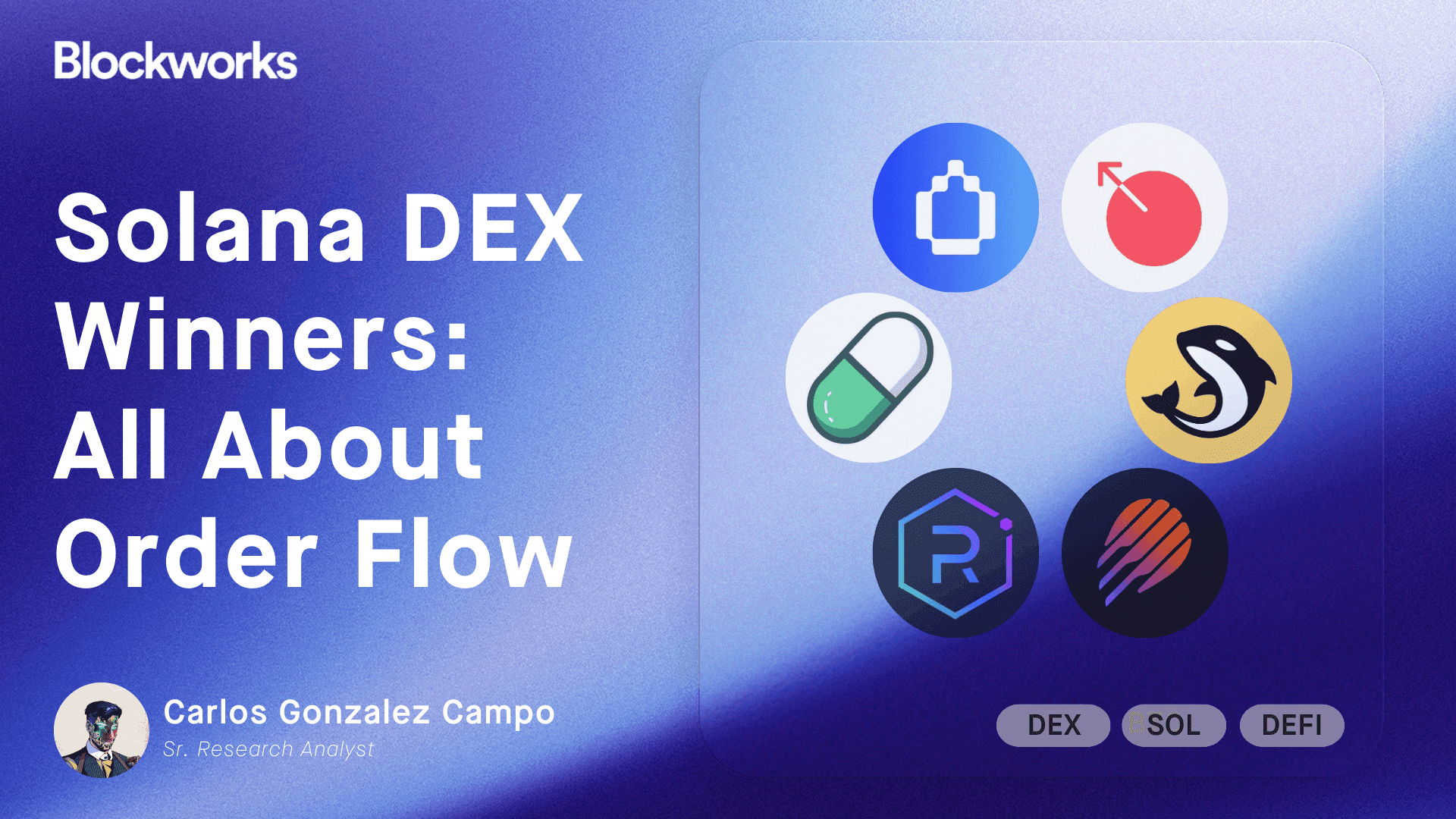In Wake of Stablecoin UST’s Implosion, New LUNA Launch Imminent
A governance vote for “rebirth” has ended, but the next chapter of Terra has yet to be written

Do Kwon, CEO of TerraForm Labs | Blockworks Exclusive Art by Axel Rangel
- 65% of the LUNA holders who voted favored the relaunch
- Crypto exchanges Huobi and Bitrue have signaled they will support trading of the new LUNA token
After a week-long vote, a majority of LUNA stakers voted in favor of the “rebirth” proposal to create a new Terra chain — without the imploded algorithmic stablecoin UST.
The existing chain will be renamed Terra Classic — with its native asset Luna Classic (LUNC) — and a new chain will take over the Terra moniker and LUNA token.
A new LUNA is to be airdropped to existing stakers, Luna holders, UST holders — including community members who held tokens on exchanges — and Terra developers.
The avowed goal is to launch a “fully community-owned” chain, and therefore the wallet of Teraform Labs (TFL), the Luna Foundation Guard (LFG) and the existing Community Pool will be removed from the airdrop whitelist, according to TFL on Twitter.
Several exchanges have indicated they will begin trading the new token, shortly after its May 27 launch.
LFG Reserve Accounting
The LFG, which was led by Do Kwon, has yet to give a thorough accounting of its use of reserves raised with the express purpose of supporting the UST’s one-to-one peg with the US dollars. The collective has indicated that most of the funds were spent.
According to an LFG tracking dashboard, there is $241.5 million left, consisting mostly of UST and AVAX. The once-stable UST was trading around 9 cents Wednesday afternoon. But the reserves also contain 313 bitcoins (about $9.28 million) of what was once a billion-dollar BTC stash. What happened to the rest is not entirely clear.
Data analytics firm Elliptic tracked the flow of billions in bitcoin from publicly known LFG wallets, to centralized exchanges Gemini and Binance — then reached a dead end.
“It is not possible to trace the assets further or identify whether they were sold to support the UST price,” wrote Dr. Tom Robinson, Elliptic’s co-founder.
In an email to Blockworks, Robinson said there is even uncertainty over who exactly sent the bitcoins to exchanges.
“It might not have been LFG that deposited the BTC at Gemini — it could have been another party that they sold the BTC to.”
Terraform Labs has not responded to multiple requests for comment.
Where will Terra developers go?
There is certain to be a subset of Terra developers for whom the crash of LUNA and UST implosion is too much to bear. Those unaffiliated with TFL are the most likely to jump ship.
But most of the major projects, affiliated with TFL, like Anchor Protocol and the Astroport dex are sticking with Do Kwon, and will join the relaunched Terra network.
For those who have yet to decide, there are development funds on offer to make the switch.
The Juno community, for instance, passed a roughly $4.7-million funding proposal to support Terra developers migrating to the CosmWasm-based smart contract platform. Polygon is also courting Terra developers with funding to migrate to its proof-of-stake commit chain — an Ethereum scaling solution using a modified version of Cosmos’ Tendermint consensus engine.
Since Terra itself was based on the Cosmos software development kit, it makes sense for other Cosmos projects to be top of mind when searching for a new home.
Get the news in your inbox. Explore Blockworks newsletters:
- The Breakdown: Decoding crypto and the markets. Daily.
- 0xResearch: Alpha in your inbox. Think like an analyst.






